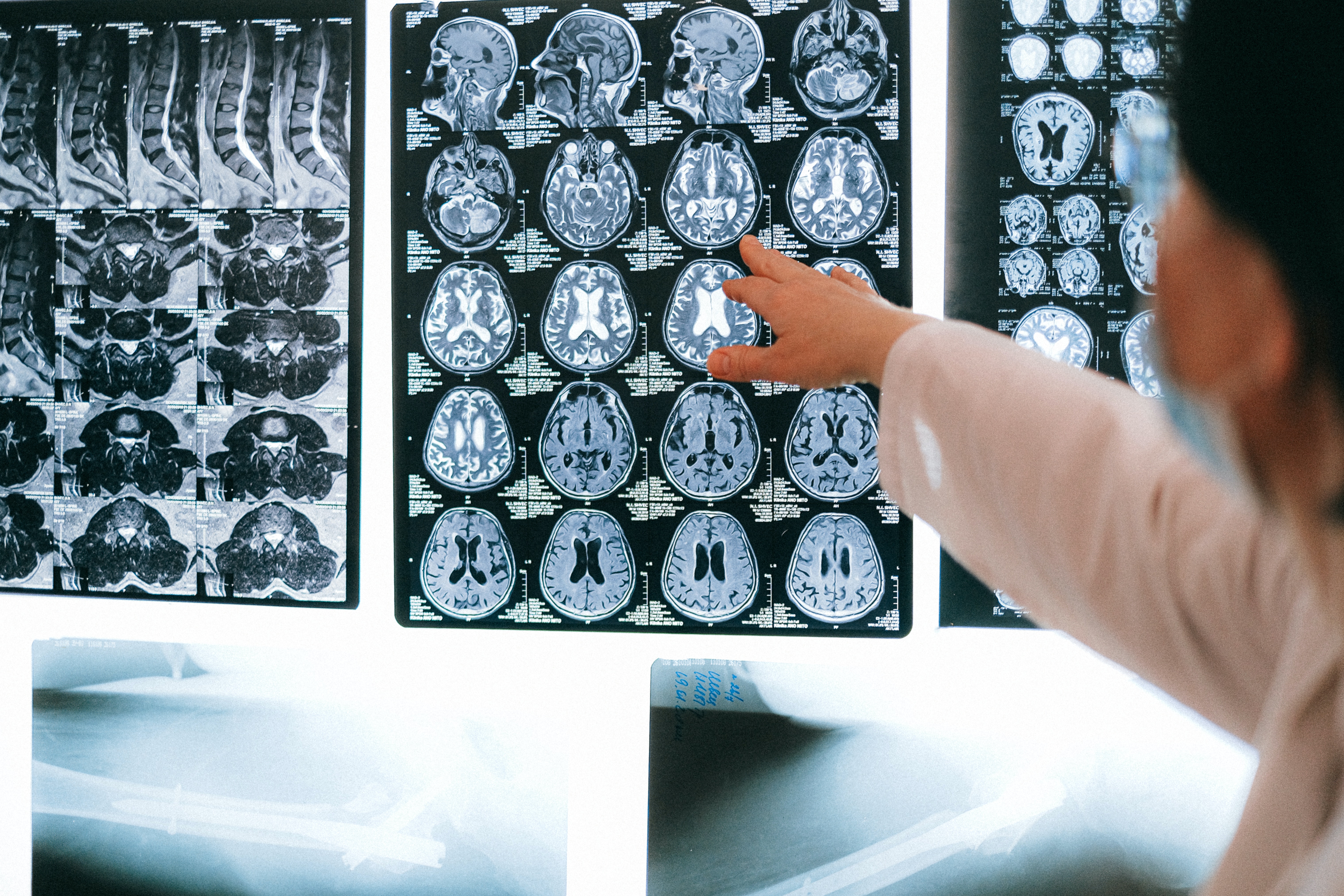Turning Data into Competitive Advantage: How AI is Shaping the Future of Manufacturing
In today’s fast-moving global economy, manufacturing leaders are under pressure to reduce costs, improve efficiency,...
|
CONSTRUCTION & REAL ESTATE
|
 |
|
Discover how crafting a robust AI data strategy identifies high-value opportunities. Learn how Ryan Companies used AI to enhance efficiency and innovation.
|
| Read the Case Study ⇢ |
|
LEGAL SERVICES
|
 |
|
Discover how a global law firm uses intelligent automation to enhance client services. Learn how AI improves efficiency, document processing, and client satisfaction.
|
| Read the Case Study ⇢ |
|
HEALTHCARE
|
 |
|
A startup in digital health trained a risk model to open up a robust, precise, and scalable processing pipeline so providers could move faster, and patients could move with confidence after spinal surgery.
|
| Read the Case Study ⇢ |
|
LEGAL SERVICES
|
 |
|
Learn how Synaptiq helped a law firm cut down on administrative hours during a document migration project.
|
| Read the Case Study ⇢ |
|
GOVERNMENT/LEGAL SERVICES
|
 |
|
Learn how Synaptiq helped a government law firm build an AI product to streamline client experiences.
|
| Read the Case Study ⇢ |
 |
|
Mushrooms, Goats, and Machine Learning: What do they all have in common? You may never know unless you get started exploring the fundamentals of Machine Learning with Dr. Tim Oates, Synaptiq's Chief Data Scientist. You can read and visualize his new book in Python, tinker with inputs, and practice machine learning techniques for free. |
| Start Chapter 1 Now ⇢ |
By: Synaptiq 1 Jul 15, 2024 2:08:49 PM

According to the Stanford Artificial Intelligence Index Report, AI publications increased from ~88,000 in 2010 to over 240,000 in 2022. Much of this work has focused on healthcare, as evidence suggests that AI applications “[show] potential for diagnosing, managing, and treating a wide variety of medical conditions.” [1] Experts predict that AI will particularly impact radiology, which outpaces other medical specialties in terms of AI research, innovation, and adoption. [2] As of May 2024, the Food and Drug Administration (FDA) has authorized a total of 882 AI-enabled medical devices. A significant portion, 671 devices, are related to radiology. [3]
AI applications can analyze large quantities of visual data faster and more precisely than the human eye. This capability is particularly valuable in fields like radiology, where visual data is abundant and precise analysis is important. A recent surge in FDA authorization of AI-enabled medical devices suggests that we are on the cusp of an AI ‘revolution’ in radiology, with AI set to play a prominent role in the field's future. The question that industry stakeholders should ask is, “How can we take advantage?” [4]
We recommend that radiology industry stakeholders leverage AI to gain a competitive advantage in three key areas: precision, workload, and personalization.
#1 - Precision
Reading medical images can be like searching for a needle in a haystack. Nodules, lesions, and other health indicators targeted by medical imaging can be small and subtle—sometimes even invisible to the human eye. Furthermore, anatomy varies across patients, with differences in density and structure adding to the complexity of accurate diagnosis.
Integrating AI screenings can help radiologists analyze medical images by combining their medical expertise with the accuracy of machine vision and the power of computer processing. This study published in Clinical Radiology found that AI helped radiologists reduce the rate of missed lung cancers in chest X-rays by 60 percent. Another study showed that AI models help radiologists identify microscopic fractures invisible to the human eye with a 90 percent success rate.
#2 - Workload
Experts estimate a shortage of 10 million healthcare professionals by 2030. This labor crisis is already in effect; this study found that the average on-call workload for radiologists more than quadrupled between 2006 and 2020.
AI can help radiologists reduce their workload and prevent burnout by automating tasks. A paper published in Pediatric Radiology suggests that “computer-aided detection (CAD) can decrease reading time by making the diagnostic process easier” and “[AI-enabled] image enhancement could not only shorten image acquisition time but also ease detection.” Ultimately, integrating AI into radiology practices can lead to significant improvements in both the quality and speed of patient diagnosis and care.
#3 - Personalization
Radiologists cannot manually track and analyze the multitude of variables–genetics, environment, diet, et cetera–that make patients unique. However, these variables are important. They can significantly change patients' responses to the care they receive. AI can help distill a colossal volume of individualized patient data into valuable insights, enabling more personalized care and better patient outcomes.
The integration of AI in radiology paves the way for personalized healthcare. AI applications will support radiologists by analyzing medical images, enabling quicker and more accurate results for patients.
Techniques like image enhancement and de-noising that improve the quality of images will assist radiologists in identifying anomalies that would have otherwise been undetectable in their early stages. With constant monitoring, AI can continually process data to learn more about a patient’s condition. These advanced tools will be specialized just for patients, leading to overall better healthcare outcomes.
Over the last decade, AI adoption rates in radiology have risen for good reason. AI applications can augment radiologists' performance in crucial tasks, from analyzing medical images to tailoring follow-up based on patient data. However, ethical considerations such as data privacy and algorithmic bias necessitate human oversight. While AI cannot replace radiologists, it can support their expertise and judgment, ultimately leading to better patient outcomes. Industry stakeholders should consider the value AI could deliver to their organizations, prioritizing ethical, effective, and human-first innovation.

Photo by Anna Shvets on Pexels
Synaptiq is an AI and data science consultancy based in Portland, Oregon. We collaborate with our clients to develop human-centered products and solutions. We uphold a strong commitment to ethics and innovation.
Contact us if you have a problem to solve, a process to refine, or a question to ask.
You can learn more about our story through our past projects, blog, or podcast.
In today’s fast-moving global economy, manufacturing leaders are under pressure to reduce costs, improve efficiency,...
November 4, 2025
Contrary to popular perception, most AI failures don’t really look like crashes at all. They look like silence; the AI...
October 30, 2025
In Synaptiq’s recent webinar, Dr. Tim Oates, Co-founder and Chief Data Scientist, explored how artificial intelligence...
October 29, 2025